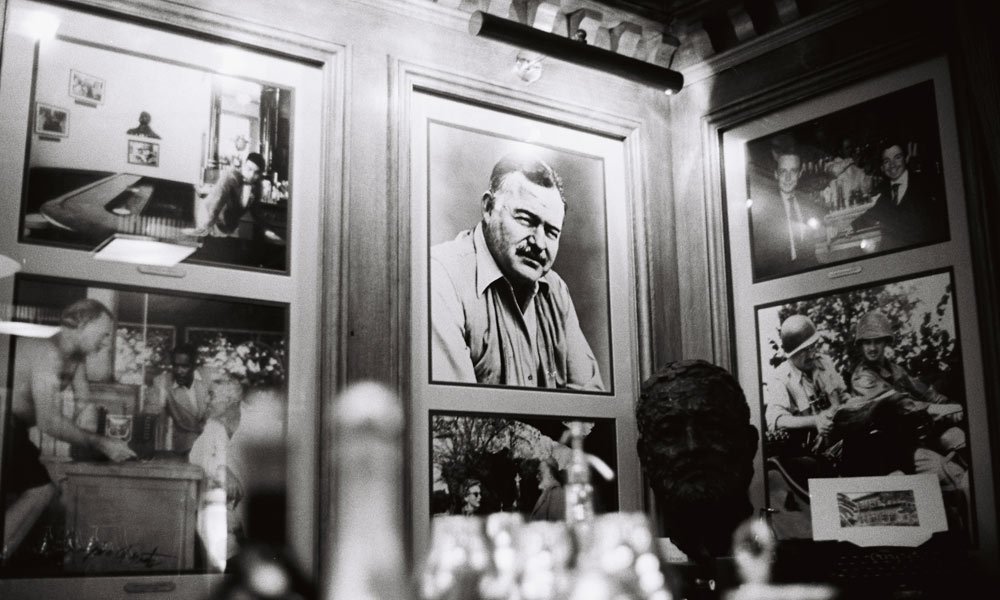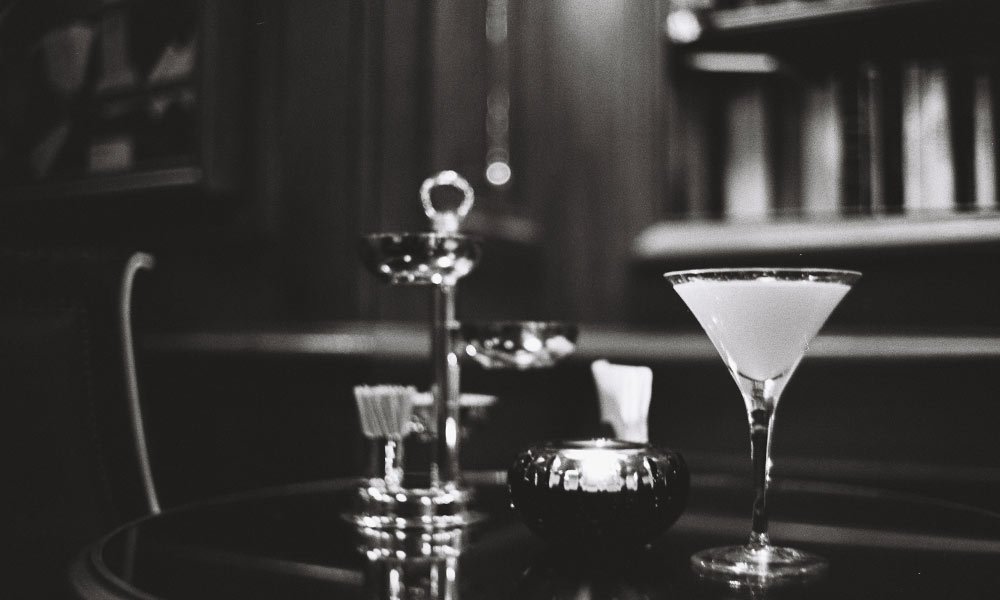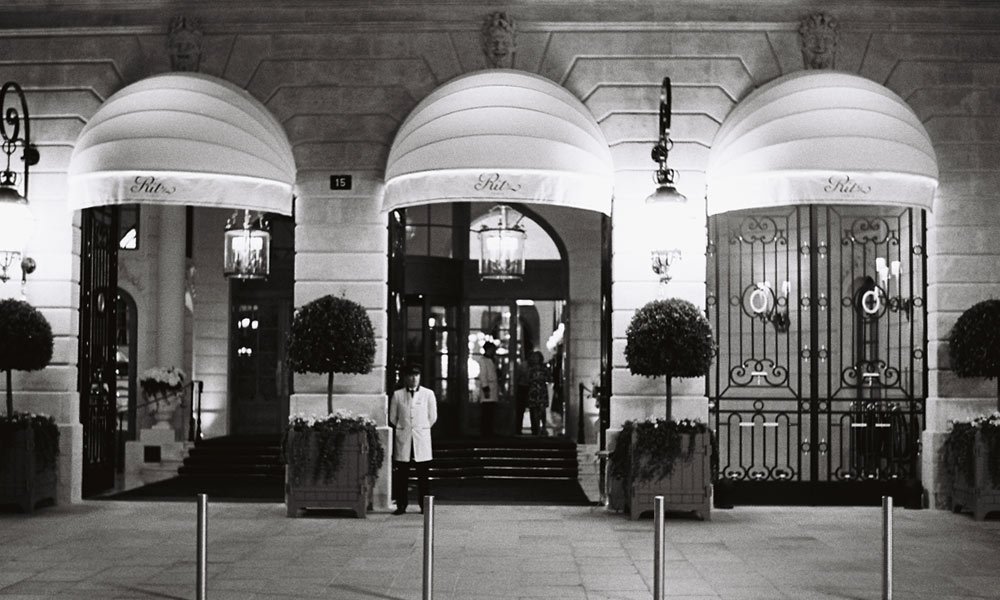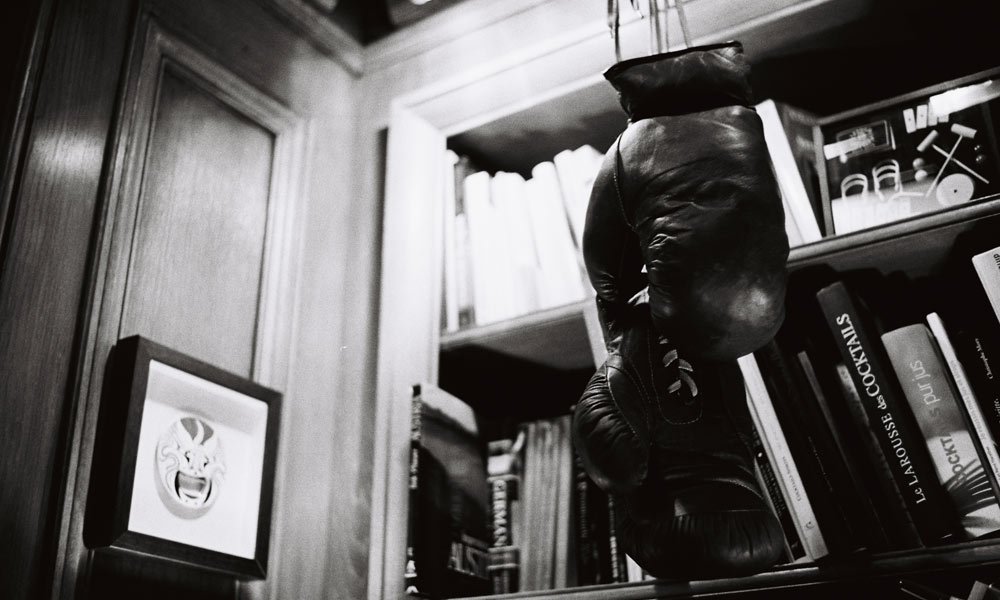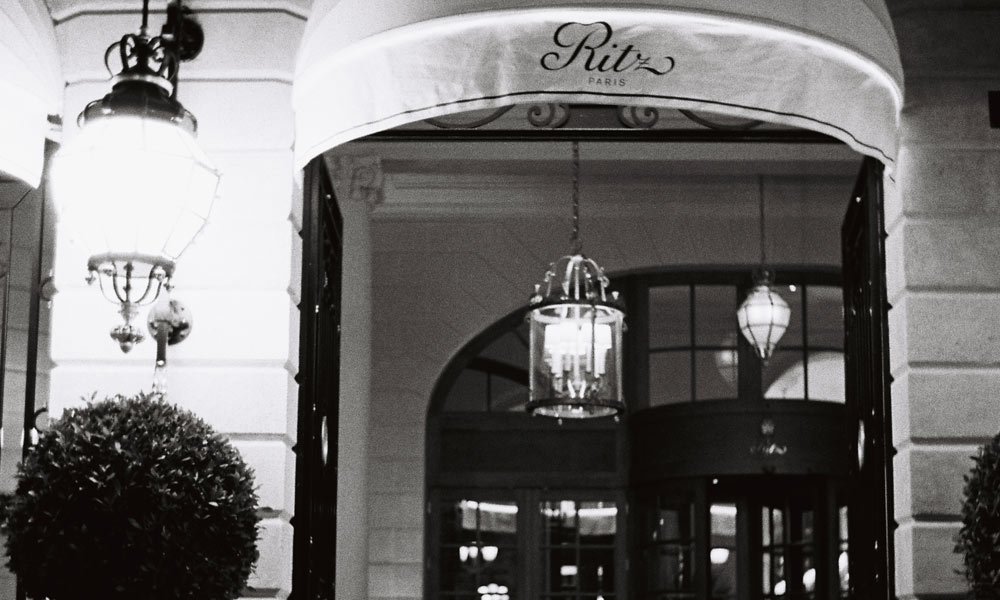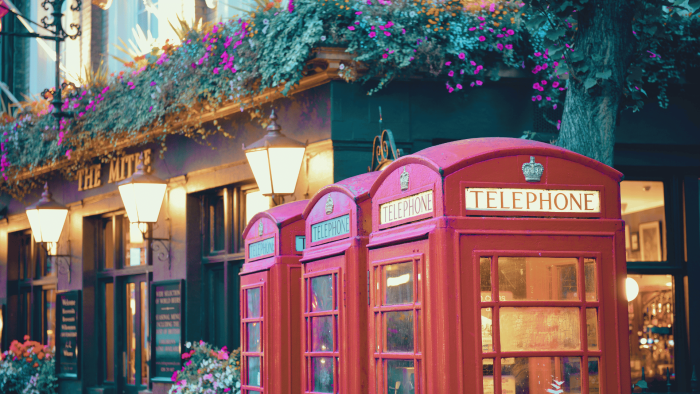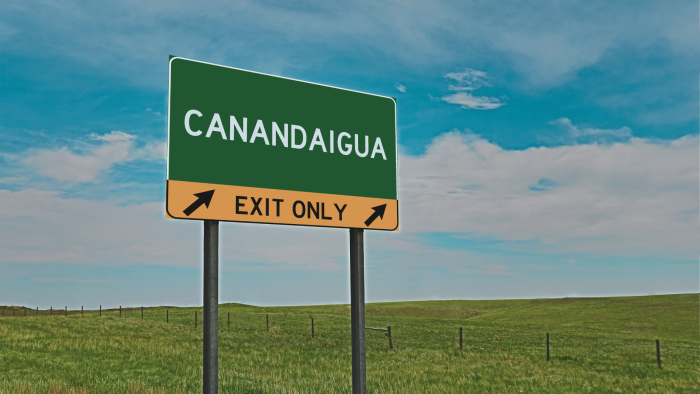Ernest Hemingway may not be the father of American literature, but there are few who would deny him a spot as one of the genre’s most prolific prodigal sons. He didn’t necessarily fit the traditional mold of a writer and instead carried himself in a way that most men have wet dreams about. He’d be just as capable of punching you in the face as writing a poem apologizing for the blood on your shirt. He was a hardened journalist, an uncooperative combatant, a Nazi ass-kicker, a remarkably capable drinker, and a Nobel Prize-winning master of the literary arts whose style people still try to emulate.
Paris was a big city for Hemingway, as evidenced by A Moveable Feast, his correspondences from the time period, and his second novel, The Sun Also Rises. Throughout his tenure in the City of Light, his indisputably favorite bar was the Ritz Bar, located in the hotel of the same name.
The Bar Hemingway (or The Hemingway Bar, if French isn’t your first language and you don’t live your life backwards), as it’s now named, is consistently ranked one of the top bars not just in Paris, but in the entire world. On a recent trip to Paris with Cool Material’s friends at Remy Martin, I paid a visit to this famous bar. This is what I found:
Finding It
Getting to the bar takes a bit of instruction, since there’s no fancy electrically lit signage or outward bells and whistles. It involves walking down the hallway at the main entrance of the hotel, then down through another hallway, and then yet another hallway, followed by a staircase. But once you arrive at the Hemingway Bar, you know you’re right where you belong.
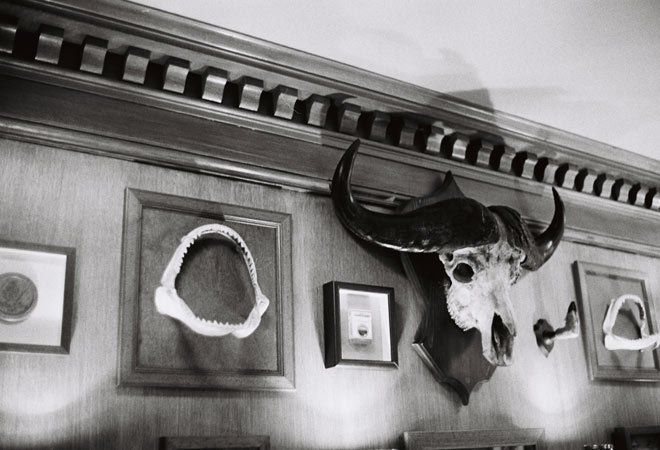
Nostalgia For More Than Nostalgia’s Sake.
Although the Hemingway Bar is jam-packed with Hemingway memorabilia, it’s not done tastelessly. This isn’t one of those chain restaurants with a bunch of goofy shit tossed up on the walls to distract you from the terrible food.
Rather, the Hemingway Bar is filled with things that represent Hemingway and the magical Bordeaux-slamming unicorn that he was. Animal skulls, boxing gloves, typewriters, phonographs, hand-written original letters, oh, and a shotgun that hangs above the bar at all times… They’re all here, on display, for the public and parched.
Walking into the bar, perhaps the second thing one notices, the first being the massive display of beautiful, beautiful bottles of booze, is a wonderful tribute to the late great American storyteller located directly stage left of the bar. There’s an almost altar-like homage to Hemingway, complete with portraits, candid photos, and photos of him during his time as a war correspondent for Collier’s, a bust sculpture of him, and other various memorabilia invoking the namesake of the Hemingway Bar.
A walk around the dimly lit bar reveals leather smoking chairs and wooden tables with brass accents; beautiful wooden book shelf lined with everything from literary classics to modern cocktail guides and other assorted ornaments; the skull of what looks like a bull on one end of the bar, and a mounted pair of 14-point buck antlers at the other; and an ambiance that feels genuine. Looking around—and conveniently ignoring the patronage—this place feels so old that I can almost hear Hemingway boisterously half-yelling from the bar.
But How Are The Drinks?
The staff at the Hemingway Bar comprises some of the most noteworthy bartenders and mixologists on the entire planet, all of whom are handpicked by the bar’s Head Bartender, the one and only Colin Peter Field.
A tidbit the boozier among you may find funny (or appalling?), I actually had no idea who Field was when I sat opposite him at the bar. He isn’t a man who screams pomp or self-signification, and never even hinted at his importance. Instead, he talked casually about the bar, its history, its prior and present clientele, and he made me a couple damn fine cocktails. I only learned of his prominence as a bartender after some supplementary research to write this story. C’est la vie, no?
I had several Sidecars, a signature drink at the Hemingway Bar that’s made with cognac, Cointreau, and lemon juice. They were wonderful. And there’s also no way in hell I’m going to a cocktail bar as famous as the Hemingway Bar and not having my favorite type of martini—the dirty gin variety. It was eye-blurringly fantastic. Mr. Field, if you ever read this, I apologize for disrespecting the dress code of your bar, and I appreciate you not spitting in my martini. Hugs and kisses.
The Hemingway Bar features several other game-changing cocktails, including an iteration of the Bloody Mary that utilizes different in-season varieties of tomatoes from which each drinker may choose. The tomatoes are then juiced fresh for each individual Bloody Mary. If that’s not elegance, I don’t know what is.
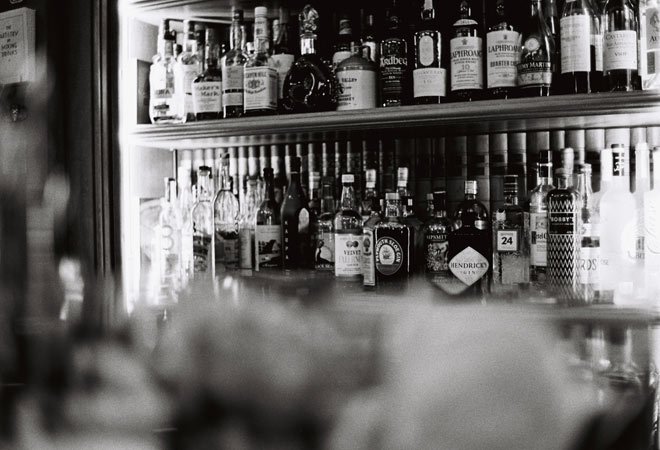
Drinking As An Experience, Not a Pastime
But perhaps the most interesting aspect of my time at the Hemingway Bar was learning about its colorful history from Mr. Field. He explained that the Hemingway Bar—along with the rest of the Paris Ritz—closed in 2012 for renovations, and just opened back up last month.
The Ritz Bar’s name was changed in 1994 to honor Hemingway, and his son, Jack Hemingway, loaned nearly all of the artifacts from Hemingway’s life to it—not for financial gain, but because the bar played such a massive role in Hemingway’s early career.
Field and I discussed how Hemingway did, in fact, storm the Ritz with a band of French Resistance fighters, and that they did have a hell of a party when Hemingway arrived. As the story goes, upon entering the bar on the day Paris was liberated, he immediately ran a tab for 51 dry martinis.
The day after Hemingway “liberated” the Ritz Bar from the Nazis, Hemingway hosted a lunch at the Ritz, and he invited a few he knew were in the area. Helen Kirkpatrick Milbank, a then-reporter for Chicago Daily News, said in an SF Gate interview that at the lunch, she expressed an interested in leaving early to attend the victory parade. She said in the interview that when Hemingway replied, “What for? You can always see a parade, but you’ll never again lunch at the Ritz on the 26th of August, the day after Paris was liberated.”
Aside from Hemingway, the bar’s most famous patrons include Coco Chanel (who lived at the Ritz for over three decades), French novelist and essayist Marcel Proust, that guy who wrote the Gatsby book, Princess Diana (Who actually dined at the Ritz before her fatal car wreck in 1997), and others—including some not-so-cool guests, like Hitler’s Luftwaffe.
At the end of the day, the bar aims to pass on Hemingway’s spirit of living every moment as though it’s one that you’ll never, ever get to repeat. It’s nostalgic, but not to the point of nausea. It’s also genuine, and its memorabilia-laden walls put some distance between it and a 5-Star Michelin-Rated Applebee’s.
It’s a special bar, to say the least.

